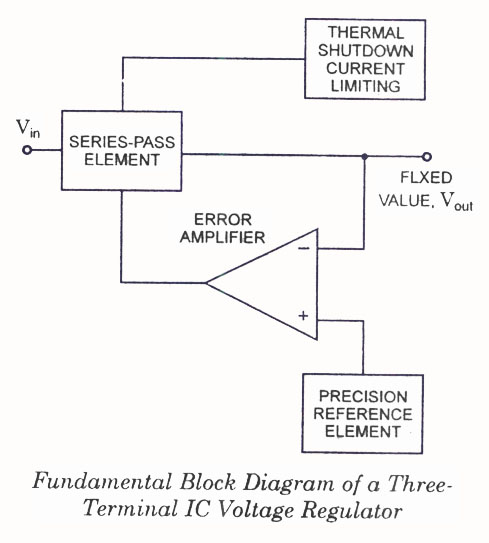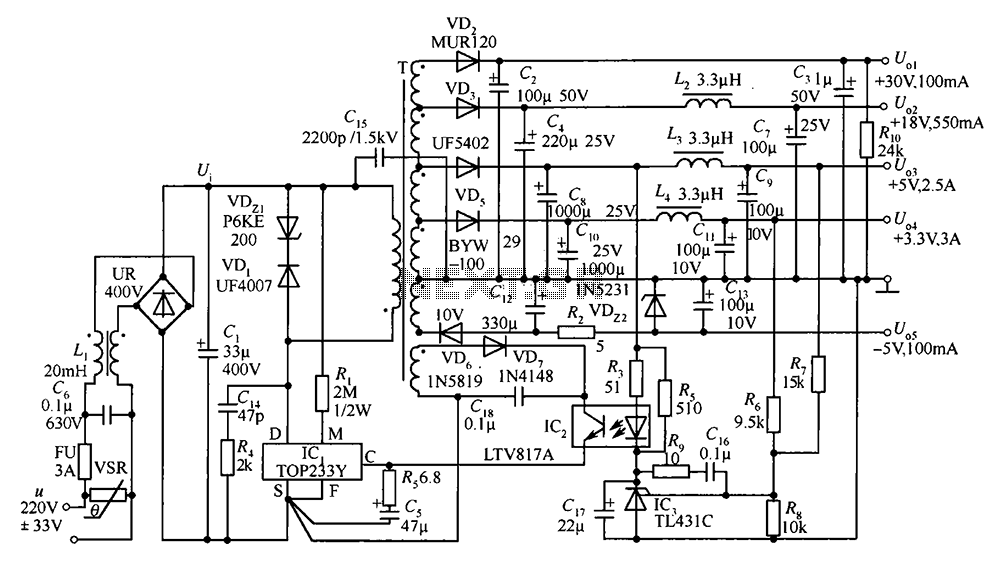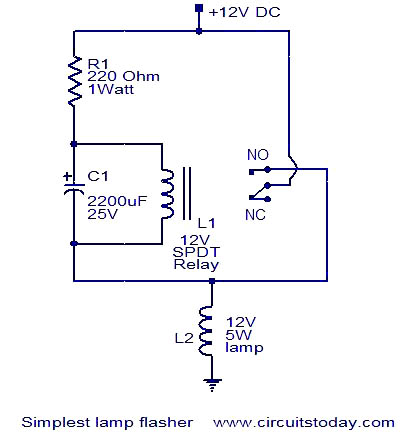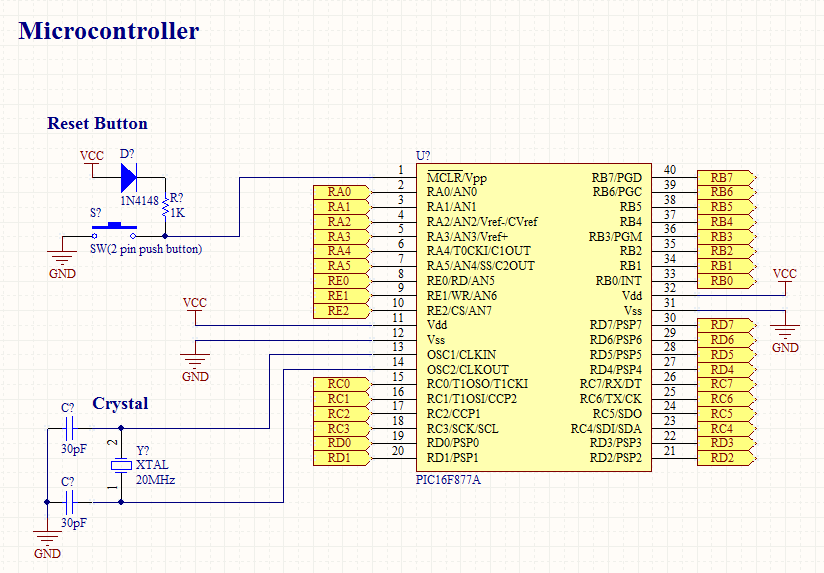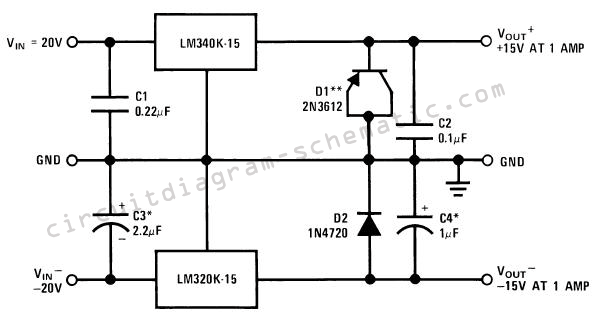
VGA to BNC Adapter Converter circuit
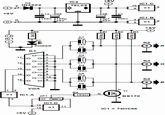
There are monitors that feature only three BNC inputs and utilize composite synchronization (sync on green). This circuit has been specifically designed for such monitors. The design maintains simplicity while delivering reasonable performance. The operational principle is straightforward. The RGB signals from the VGA connector are transmitted to three BNC connectors through AC-coupling capacitors, which prevent direct current from reaching the VGA card. A pull-up resistor on the green output provides a DC offset, while a BS170 MOSFET transistor is used to switch this output to ground. Synchronization issues may arise when the display is excessively bright, particularly with a maximum green component. In such cases, reducing the value of R2 slightly may be necessary, though this adjustment will decrease brightness and increase the load on the graphics card. To maintain consistent color balance, the resistors for the other two colors (R1 and R3) must be adjusted to match the value of R2. An EXOR gate from IC1 (74HC86) merges the separate vertical sync (V-sync) and horizontal sync (H-sync) signals into a composite sync signal. Given that sync in DOS modes is often inverted compared to the modes used in Windows, the output of IC1a is inverted by IC1b. JP1 is utilized to select the appropriate operating mode, and this jumper can be replaced by a small two-way switch if desired. This switch should be mounted directly onto the PCB to minimize interference from connecting wires. The PCB design is compact, allowing the circuit to fit into a small, earthed metal enclosure. When connected to a monitor, the current consumption is approximately 30 mA. A 78L05 voltage regulator ensures a stable 5 V output, enabling the use of any mains adapter that provides at least 9 V. Diode D2 protects against reverse polarity, while LED D1 indicates when power is present. It is advisable to power the circuit before connecting it to an active VGA output to prevent sync signals from feeding into the circuit through the internal protection diodes of IC1, which may cause a dimly lit LED, an undesirable situation.
The circuit is designed to interface with monitors that accept composite sync on green, which is common in certain professional and industrial displays. The use of AC-coupling capacitors is critical in ensuring that the VGA output does not send any DC voltage to the monitor, which could potentially damage both the VGA card and the monitor. The BS170 MOSFET provides a means of grounding the green output, which is essential for achieving the correct sync signal.
In scenarios where the green component is at its maximum, care must be taken to adjust R2 to prevent synchronization issues. This adjustment must be done with consideration of the overall brightness and load on the graphics card, as it can affect the performance of the display. The circuit's design allows for easy modification of the resistor values to maintain color balance, which is crucial for accurate color representation.
The integration of the 74HC86 EXOR gate facilitates the combination of V-sync and H-sync signals, making it a vital component of the circuit. The design accounts for the differences in sync signal polarity between DOS and Windows operating modes, ensuring compatibility across different platforms. The inclusion of a jumper (JP1) for mode selection allows users to easily switch between configurations.
The compact PCB design is intended for efficient use of space, making it suitable for installation in smaller enclosures. The use of a 78L05 voltage regulator ensures that the circuit operates reliably across various power supply inputs, while the protective features, such as the reverse polarity diode and power indicator LED, enhance the robustness of the design. Overall, this circuit provides a reliable solution for connecting VGA outputs to monitors with composite sync on green, ensuring stable performance and flexibility in operation.There are monitors which only have three BNC inputs and which use composite synchronization (sync on green`). This circuit has been designed with these types of monitor in mind. As can be seen, the circuit has been kept very simple, but it still gives a reasonable performance. The principle of operation is very straightforward. The RGB signals fro m the VGA connector are fed to three BNC connectors via AC-coupling capacitors. These have been added to stop any direct current from entering the VGA card. A pull-up resistor on the green output provides a DC offset, while a transistor (a BS170 MOSFET) can switch this output to ground. It is possible to get synchronisation problems when the display is extremely bright, with a maximum green component.
In this case the value of R2 should be reduced a little, but this has the side effect that the brightness noticeably decreases and the load on the graphics card increases. To keep the colour balance the same, the resistors for the other two colors (R1 en R3) have to be changed to the same value as R2.
An EXOR gate from IC1 (74HC86) combines the separate V-sync and H-sync signals into a composite sync signal. Since the sync in DOS-modes is often inverted compared to the modes commonly used by Windows, the output of IC1a is inverted by IC1b.
JP1 can then by used to select the correct operating mode. This jumper can be replaced by a small two-way switch, if required. This switch should be mounted directly onto the PCB, as any connecting wires will cause a lot of interference. The PCB has been kept as compact as possible, so the circuit can be mounted in a small metal (earthed!) enclosure.
With a monitor connected the current consumption will be in the region of 30 mA. A 78L05 voltage regulator provides a stable 5 V, making it possible to use any type of mains adapter, as long as it supplies at least 9 V. Diode D2 provides protection against a reverse polarity. LED D1 indicates when the supply is present. The circuit should be powered up before connecting it to an active VGA output, as otherwise the sync signals will feed the circuit via the internal protection diodes of IC1, which can be noticed by a dimly lit LED.
This is something best avoided. 🔗 External reference
The circuit is designed to interface with monitors that accept composite sync on green, which is common in certain professional and industrial displays. The use of AC-coupling capacitors is critical in ensuring that the VGA output does not send any DC voltage to the monitor, which could potentially damage both the VGA card and the monitor. The BS170 MOSFET provides a means of grounding the green output, which is essential for achieving the correct sync signal.
In scenarios where the green component is at its maximum, care must be taken to adjust R2 to prevent synchronization issues. This adjustment must be done with consideration of the overall brightness and load on the graphics card, as it can affect the performance of the display. The circuit's design allows for easy modification of the resistor values to maintain color balance, which is crucial for accurate color representation.
The integration of the 74HC86 EXOR gate facilitates the combination of V-sync and H-sync signals, making it a vital component of the circuit. The design accounts for the differences in sync signal polarity between DOS and Windows operating modes, ensuring compatibility across different platforms. The inclusion of a jumper (JP1) for mode selection allows users to easily switch between configurations.
The compact PCB design is intended for efficient use of space, making it suitable for installation in smaller enclosures. The use of a 78L05 voltage regulator ensures that the circuit operates reliably across various power supply inputs, while the protective features, such as the reverse polarity diode and power indicator LED, enhance the robustness of the design. Overall, this circuit provides a reliable solution for connecting VGA outputs to monitors with composite sync on green, ensuring stable performance and flexibility in operation.There are monitors which only have three BNC inputs and which use composite synchronization (sync on green`). This circuit has been designed with these types of monitor in mind. As can be seen, the circuit has been kept very simple, but it still gives a reasonable performance. The principle of operation is very straightforward. The RGB signals fro m the VGA connector are fed to three BNC connectors via AC-coupling capacitors. These have been added to stop any direct current from entering the VGA card. A pull-up resistor on the green output provides a DC offset, while a transistor (a BS170 MOSFET) can switch this output to ground. It is possible to get synchronisation problems when the display is extremely bright, with a maximum green component.
In this case the value of R2 should be reduced a little, but this has the side effect that the brightness noticeably decreases and the load on the graphics card increases. To keep the colour balance the same, the resistors for the other two colors (R1 en R3) have to be changed to the same value as R2.
An EXOR gate from IC1 (74HC86) combines the separate V-sync and H-sync signals into a composite sync signal. Since the sync in DOS-modes is often inverted compared to the modes commonly used by Windows, the output of IC1a is inverted by IC1b.
JP1 can then by used to select the correct operating mode. This jumper can be replaced by a small two-way switch, if required. This switch should be mounted directly onto the PCB, as any connecting wires will cause a lot of interference. The PCB has been kept as compact as possible, so the circuit can be mounted in a small metal (earthed!) enclosure.
With a monitor connected the current consumption will be in the region of 30 mA. A 78L05 voltage regulator provides a stable 5 V, making it possible to use any type of mains adapter, as long as it supplies at least 9 V. Diode D2 provides protection against a reverse polarity. LED D1 indicates when the supply is present. The circuit should be powered up before connecting it to an active VGA output, as otherwise the sync signals will feed the circuit via the internal protection diodes of IC1, which can be noticed by a dimly lit LED.
This is something best avoided. 🔗 External reference
